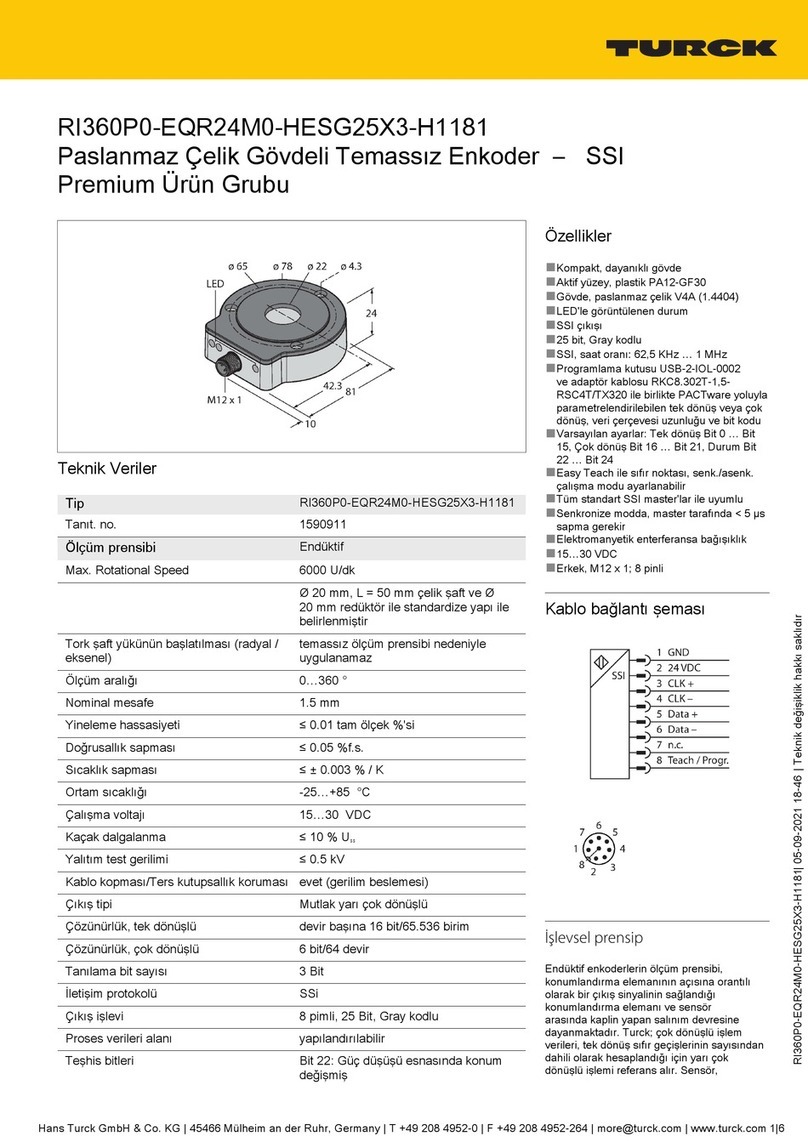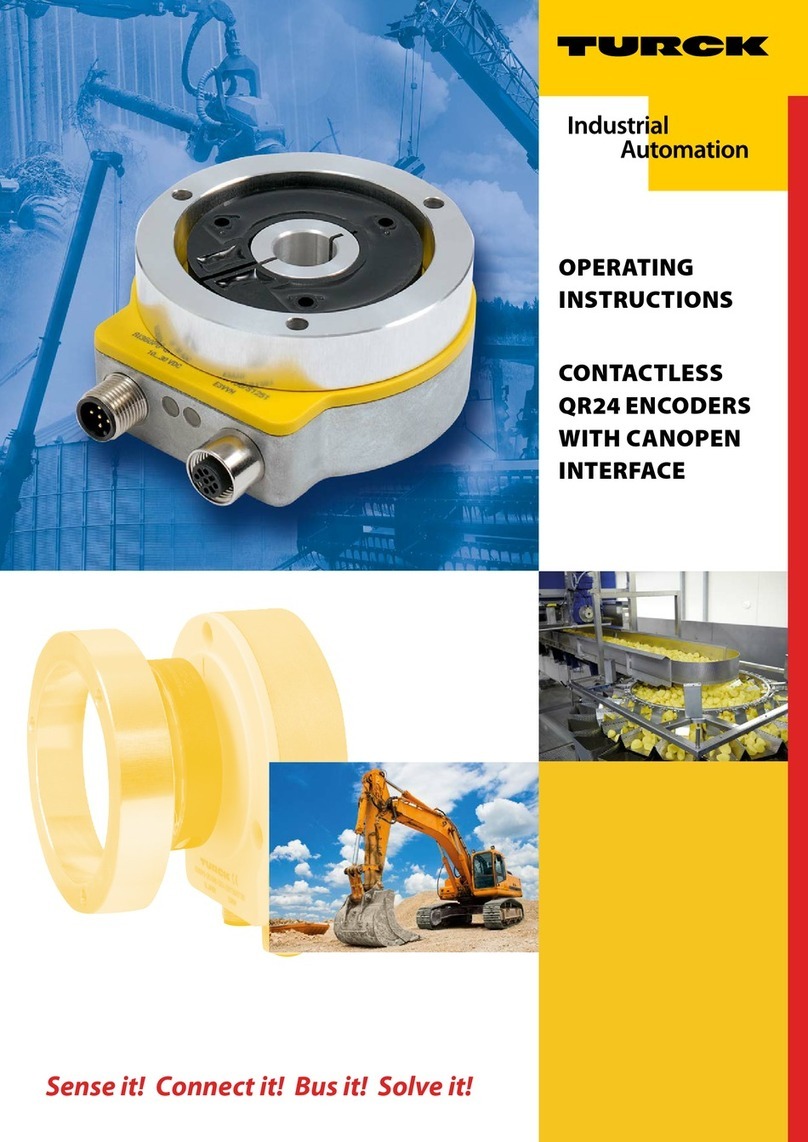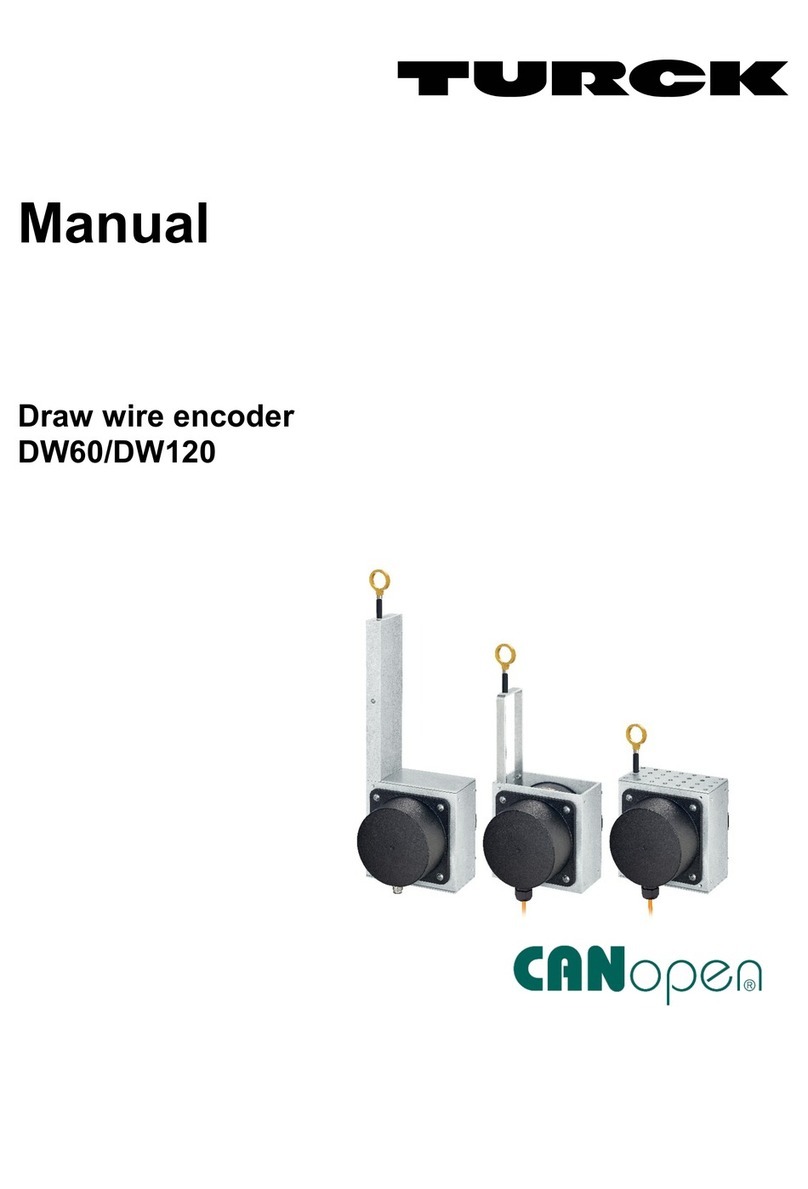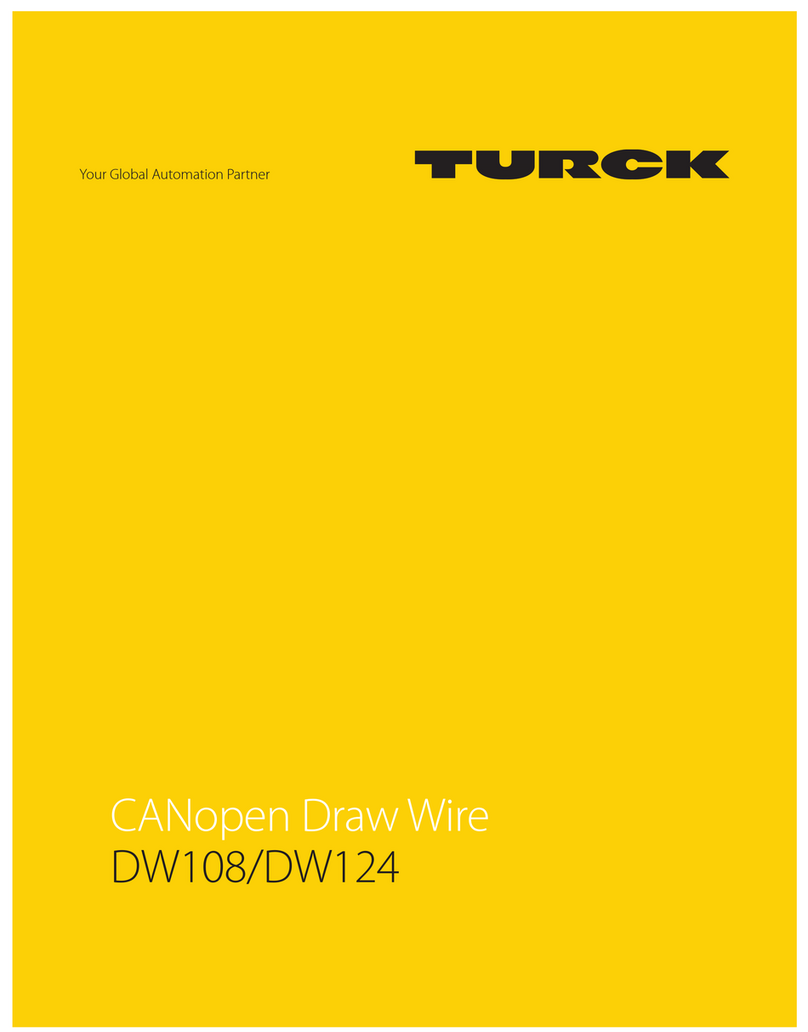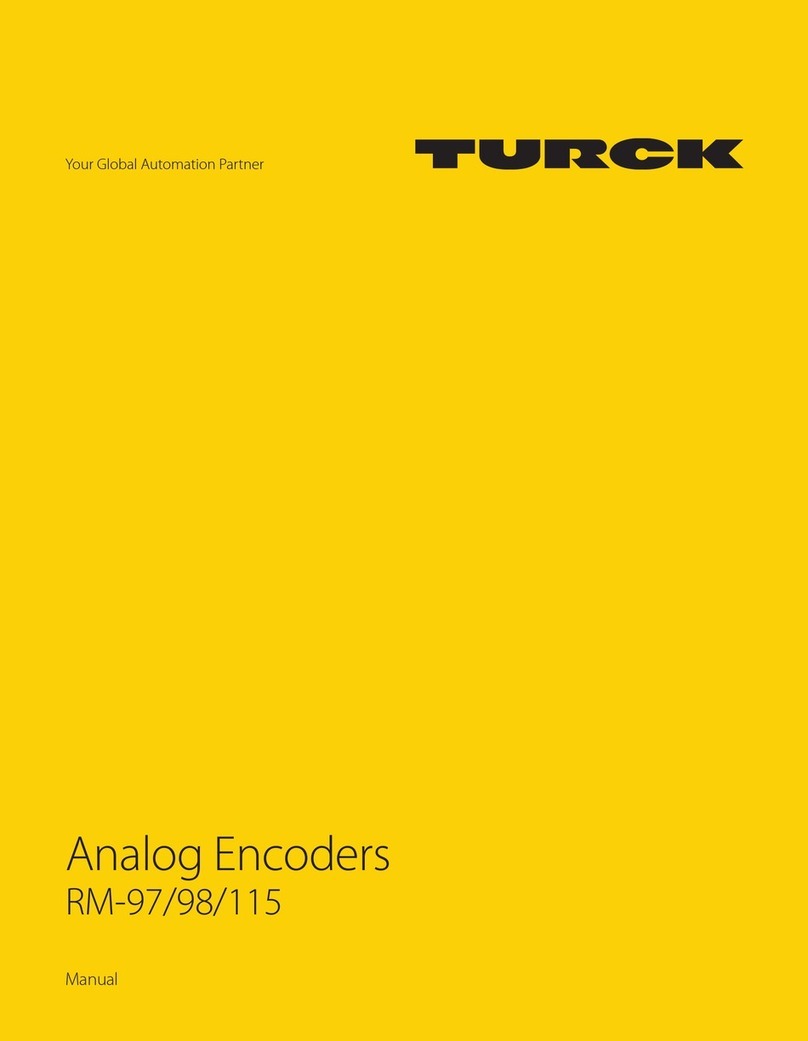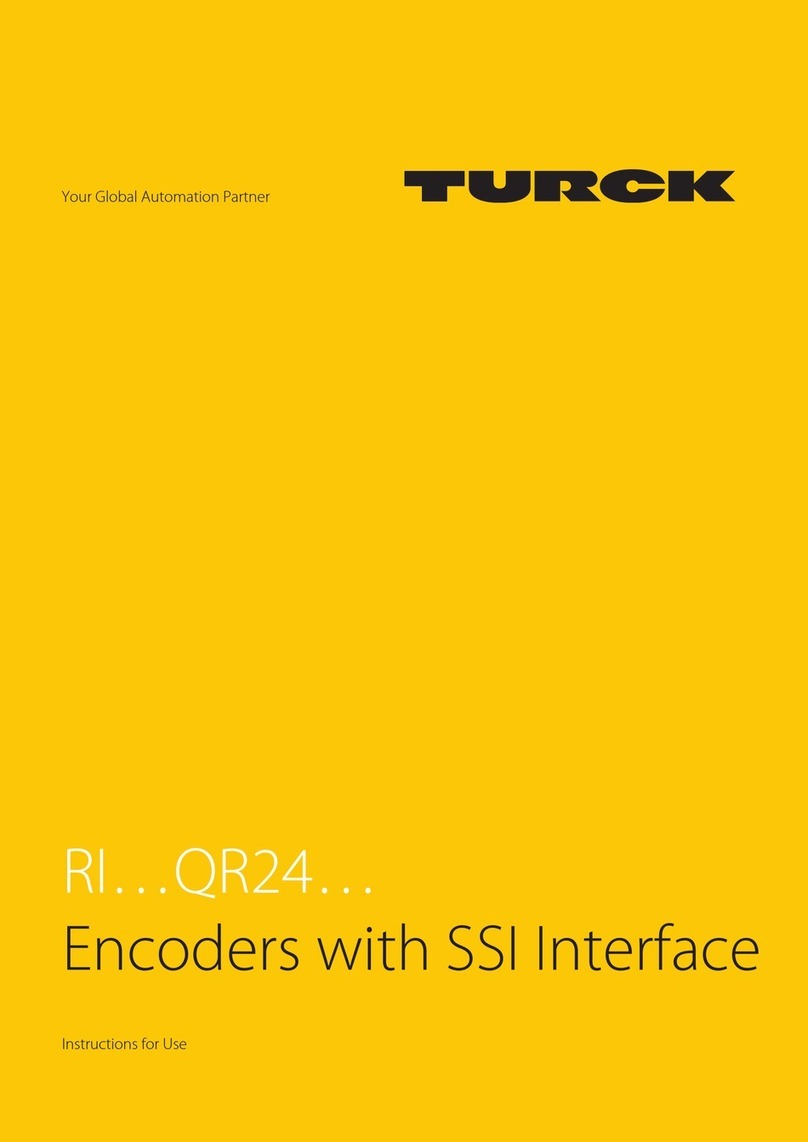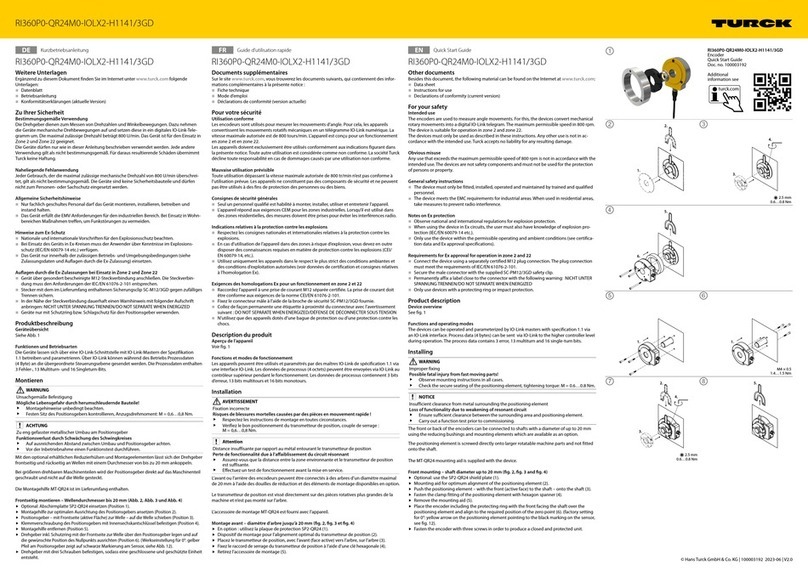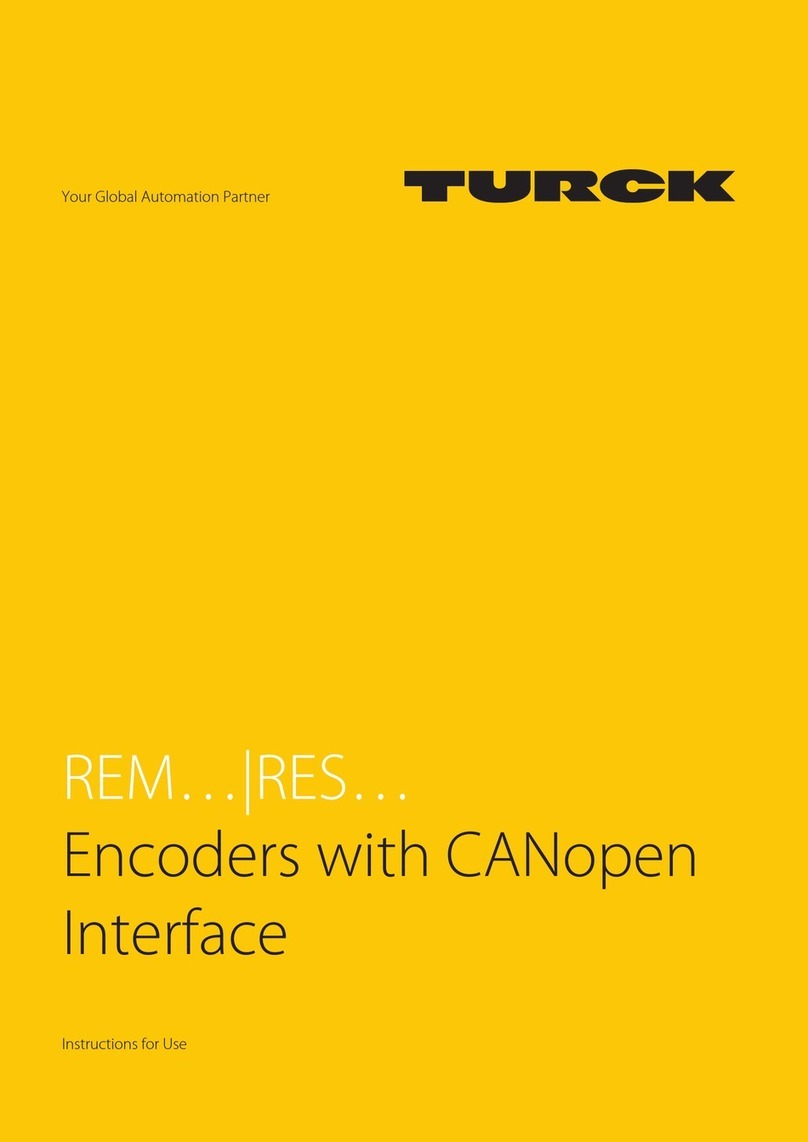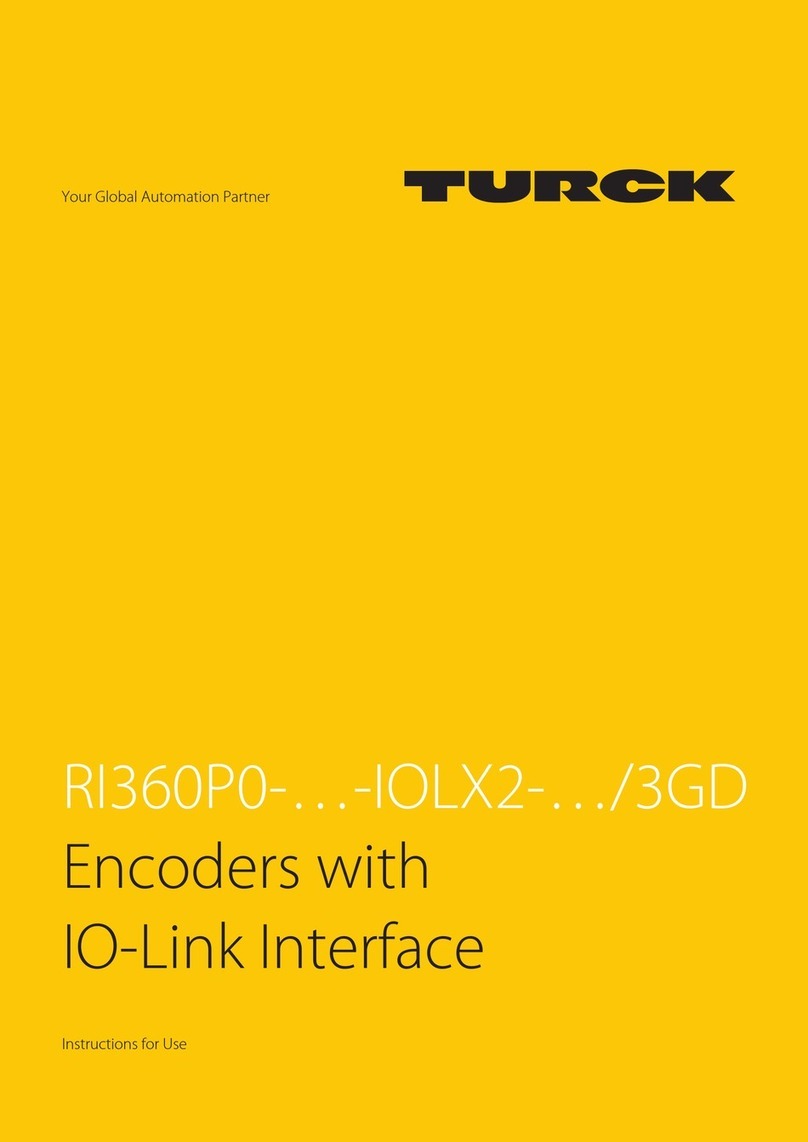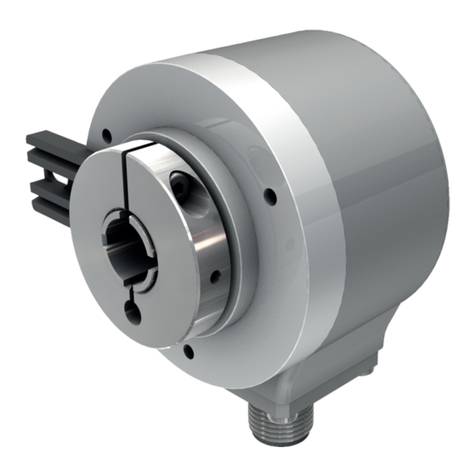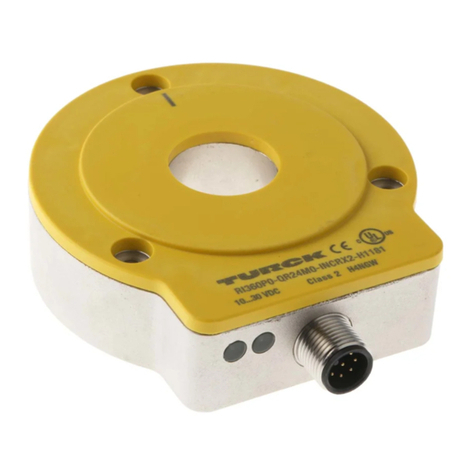
V1.01 | 2021/12 3
Contents
1 About these instructions................................................................................................................ 5
1.1 Target groups................................................................................................................ 5
1.2 Explanation of symbols used ..................................................................................... 5
1.3 Other documents ......................................................................................................... 5
1.4 Feedback about these instructions........................................................................... 5
2 Notes on the product...................................................................................................................... 6
2.1 Product identification.................................................................................................. 6
2.2 Scope of delivery .......................................................................................................... 6
2.3 Turck service..................................................................................................................6
3 For your safety ................................................................................................................................. 7
3.1 Intended use.................................................................................................................. 7
3.2 General safety instructions......................................................................................... 7
3.3 Notes on Ex protection................................................................................................ 7
3.4 Requirements for ATEX and IECEx approval ........................................................... 7
4 Product description......................................................................................................................... 8
4.1 Device overview ........................................................................................................... 8
4.2 Properties and features............................................................................................... 9
4.3 Functions and operating modes .............................................................................11
5 Installing..........................................................................................................................................17
6 Connection......................................................................................................................................18
7 Commissioning ..............................................................................................................................25
8 Operation ........................................................................................................................................26
9 Setting .............................................................................................................................................27
9.1 Transfer rate (rotary switch).....................................................................................27
9.2 Bus parameters ...........................................................................................................28
10 Troubleshooting ............................................................................................................................34
11 Maintenance...................................................................................................................................35
12 Repair...............................................................................................................................................35
12.1 Returning devices.......................................................................................................35
13 Disposal ...........................................................................................................................................35
14 Technical data ................................................................................................................................36
14.1 Technical data – FOC1-…-2G ...................................................................................36
14.2 Technical data – FOC1-…-3G ...................................................................................37
15 Approvals and device markings .................................................................................................38
15.1 FOC1…-2G – approvals and device markings ......................................................38
15.2 FOC1…-3G – approvals and device markings ......................................................39
16 Turck subsidiaries - contact information ..................................................................................40
